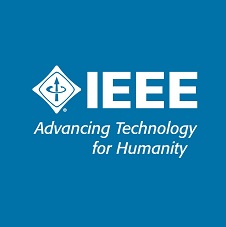V. CONCLUSION
VM Induced Technology helps cloud computing system evolve more quickly especially for today's container technology. Most of containers run as applications on top of the Linux-hypervisor stack. But they are not designed with the current server hardware in mind. Today's servers are distributed system in miniature, with low latency data center network and hyper-converged storage. Lots of complex abstractions are needed and, more importantly, are often exposed to the programmer. If infrastructure is defined in software the programmers will need to deal with programming infrastructure. So the underlying OS itself technology should enhance modularization, and make system reduction and expansion easier.
Cloud OS is the best way to increase performance and reduce complexity in the next generation of cloud system software. In this paper, we presented an operating system 275 architecture for cloud computing which is called vStarCloud, which can facilitate the cloud computing system, to meet the mentioned challenges. Two ideas are highlighted: (1) Vertical integration combined with the hierarchical architecture. (2) Separation of distributed control strategies and mechanisms. By implementation and use cases of vStarCloud architecture, it can be seen that the same mechanism in vStarCloud supports both the typical IaaS and PaaS applications.








